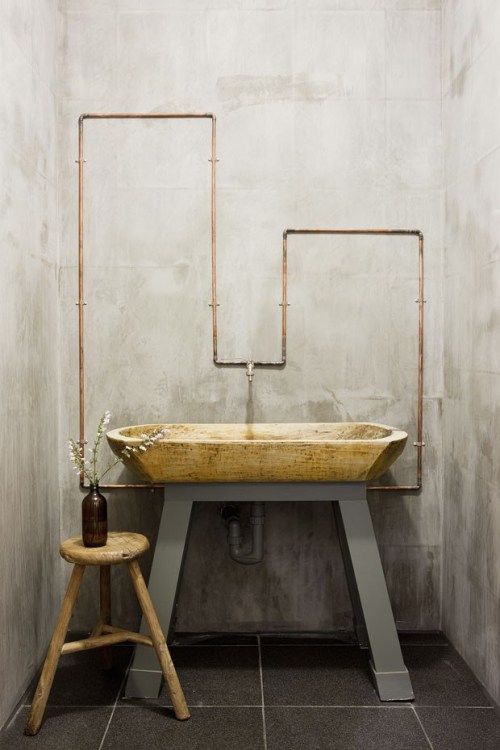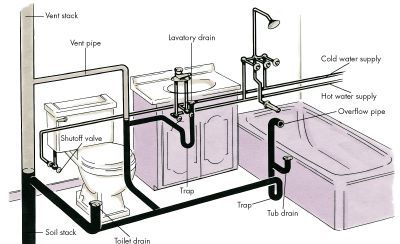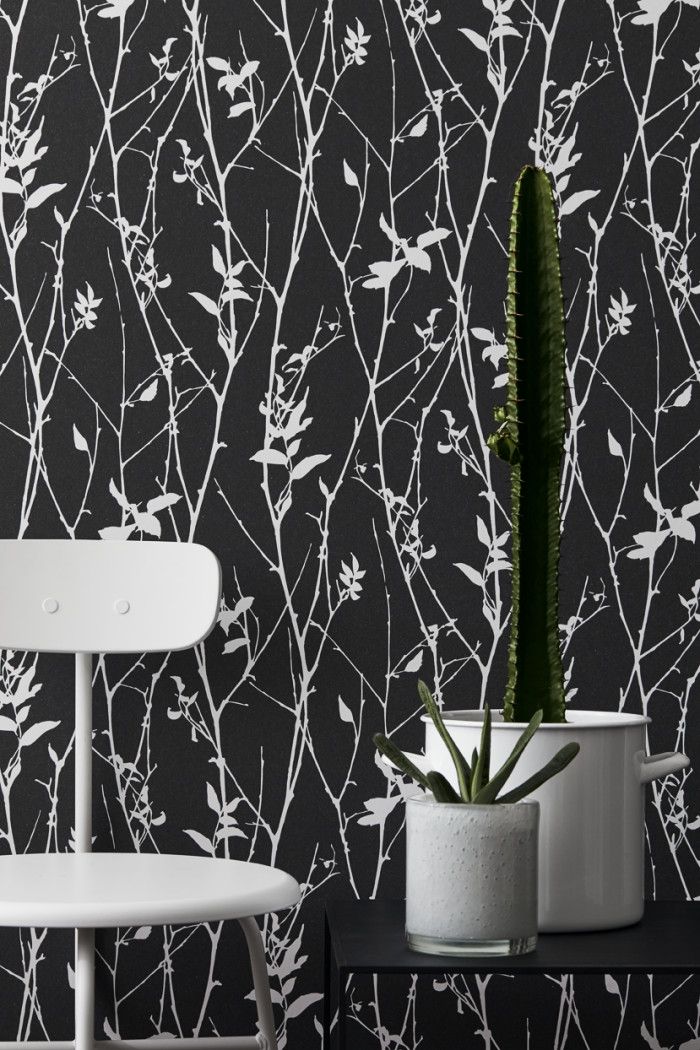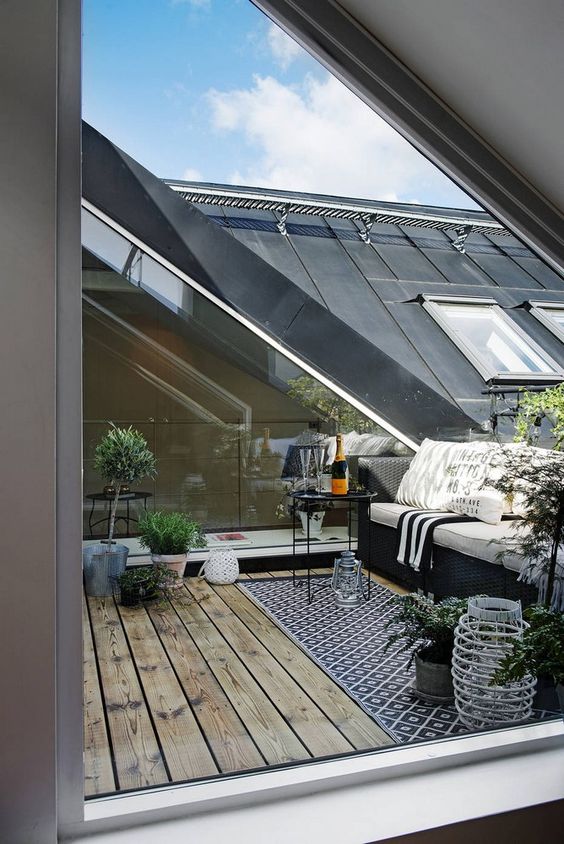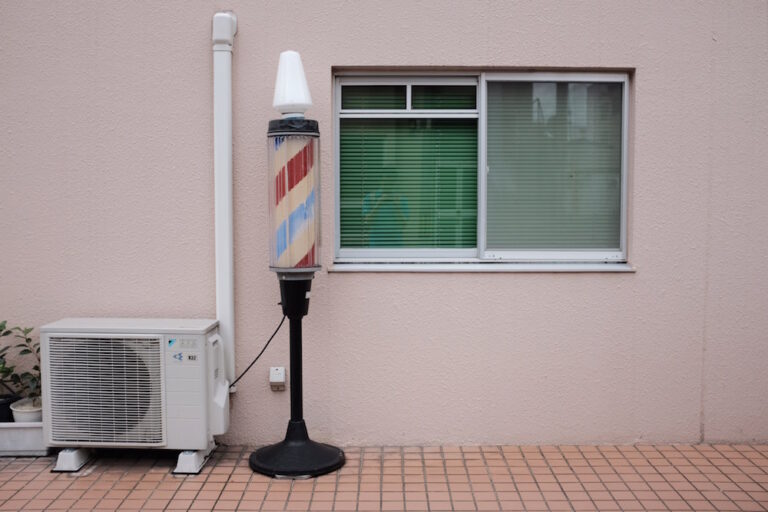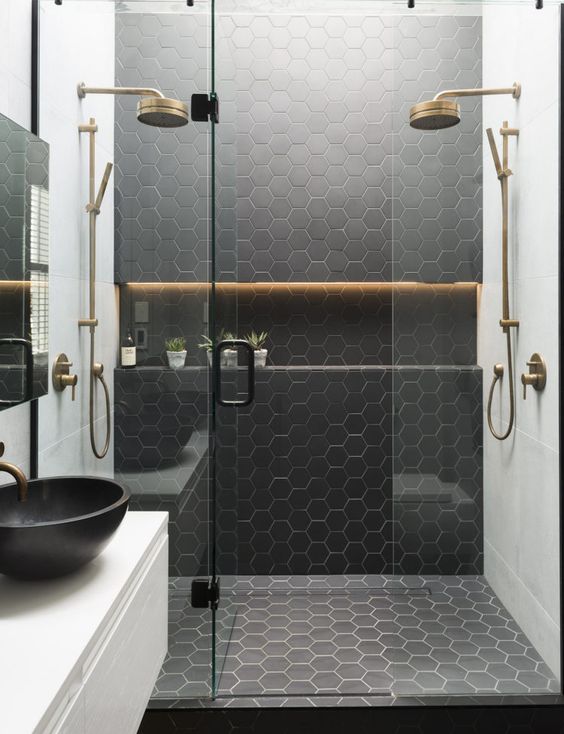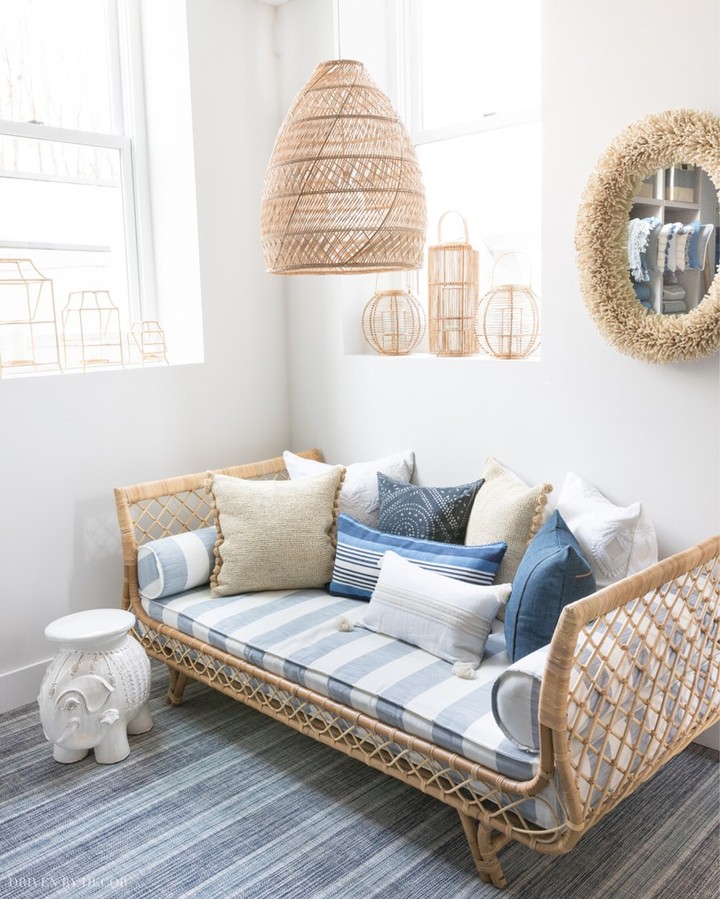General Guideline on Choosing the Right Pipes
General Introduction
Pipes are certainly one of those things in life that you can’t live without. Having the primary function of transporting mainly water from one location to another, pipes are in fact used for many different purposes. In addition, pipes are also built from a variety of different materials that will determine their overall build quality, durability, and price. Pipes come in many different forms and each country has its own standard sizes and specifications. Not anybody can just take a pipe, connect it to another and have it function without careful preparation. Critical considerations should be made to determine the right sizes, shapes, and build quality before undergoing an expensive installation for your plumbing needs.
Types of Pipes
With most pipes being underground (soil pipes), in addition to being concealed behind walls and concrete, choosing the right soil pipe fittings and pipe materials are the first fundamental steps in determining which one is for you. As different materials for pipes determine the overall price, it is best to consult an expert before making any choices. In general, some of the common pipe materials used for either water or waste lines are made of either metal or plastic(s), which include:
Metal(s):
- Iron [waste]
- Ductile iron [waste]
- Brass [waste]
- Copper [water]
- Galvanised steel [water]
Plastic(s):
- PVC [waste]
- CPVC [water]
- ABS [waste]
- PEX [water]
- HDPE [waste/water]
There are many other building materials, but the above mentioned are some of the mainstream pipes used in many households and business areas. Again, their prices depend on the length and quantity of the additional soil pipe fittings, as well as their build quality. Each of the aforementioned pipes has its own advantages and disadvantages in terms of durability, health related aspects, as well as other factors such as purpose, weight, maintenance, and additional pairing of parts. Many of these pipes also react differently to their surrounding environment, which includes contributing factors such as sunlight, temperature, and soil acidity.
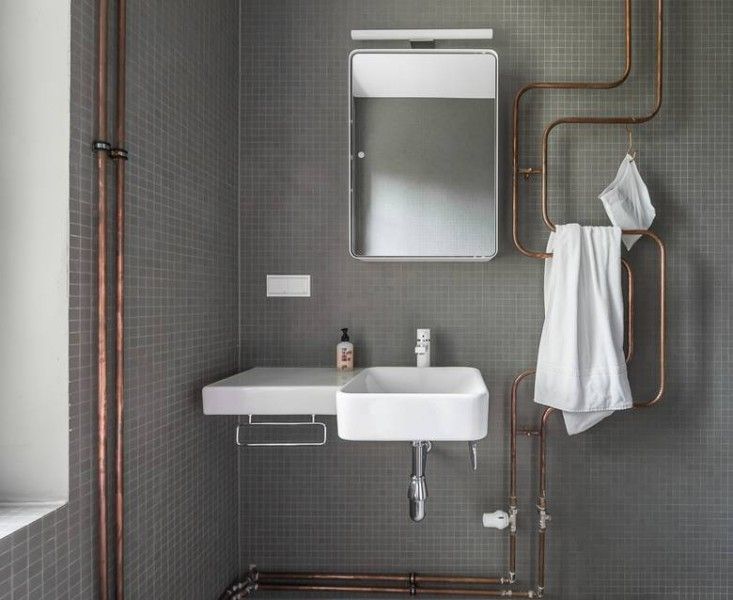
Other Factors to Consider
Before making any selection of pipes, we should always do our homework and find more about the pipes which we plan on using. In addition to their build material and reaction to the environment, we should also consider possible pairing with other pipe types. In general, it is always a good idea to just use the same type of pipe for one project. For example, it is best to use copper pipes for the whole water supply and utilize ductile iron for waste management. In addition, we should also pay attention to the environment and temperature which surrounds us. Is the soil highly acidic in the area? Do we live in hot or cold climates? These contributing factors will help minimize the less recommended choice of pipes and soil pipe fittings.
Another factor to consider is the actual type(s) of soil pipe fittings themselves. These fittings generally fall under two categories; water supply fittings (pressure fittings) or waste fittings (drain waste vent fittings). Some pipes are better suited for a particular task. For this reason, choosing the right materials for that purpose gives you the options of various soil pipe fittings in relation to their build quality and overall price. What’s more is the availability of pipe connections which go with the soil pipe fittings. Over the years, pipe connections have been developed and you should take a look around the options of the pipe connections which best suit your projects. Maybe your pipe instalment requires several bends and has a twisty layout; therefore you should scout for available connectors that go with a particular pipe type.
Lastly, never overlook the fact that we will have to connect these pipes. Some pipes are easily connected or come in fixed lengths, and some pipes have male or female threading. The threading and grooves that come with the pipes are either outside the pipe (male) or inside the pipe (female). You will need to find matching pairs for some pipe types to be able to connect them.
Final Words
If ever in doubt, it is always best to consult an expert in this field before embarking on your plumbing projects. You should also take a look at the prices of the pipes before choosing the right one for your projects. In conjunction to the price, you ought to consider the durability of the pipes themselves to see how long they can last without replacement or maintenance. Lastly, do not forget that your pipes will have to be connected somehow so make sure you buy the proper connectors.


